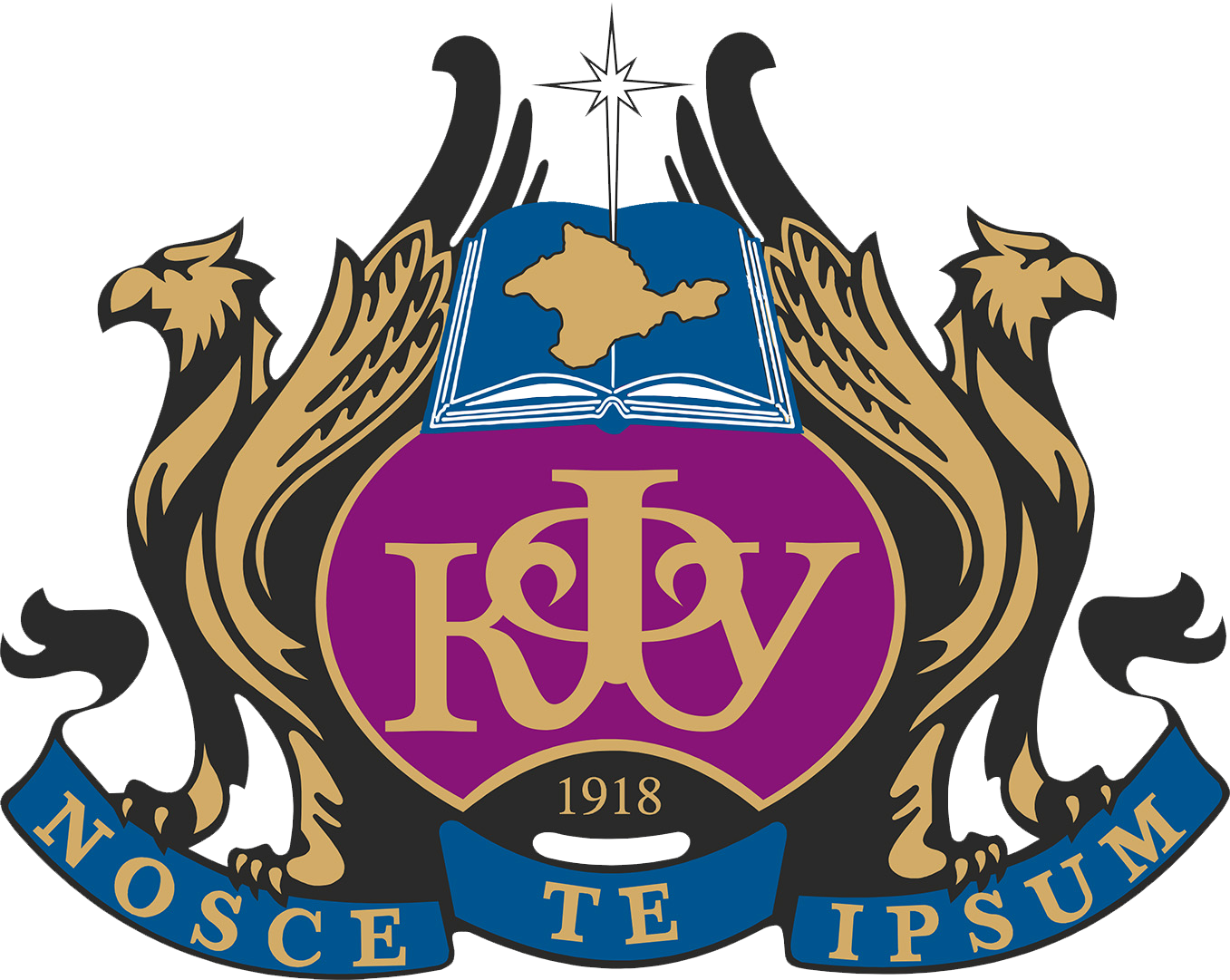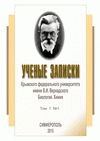Mycological studies were conducted during the 2024 growing season in the vicinity of the village. «Nauchny» research of the Bakhchisarai district of the Republic of Crimea on one of the spurs of the Sel-Bukhra mountain (658.2 m above sea level) on one homogeneous test area measuring 15.0 x 81.0 m (total area of 1215 m2, slope steepness 20 °). The trial area is part of the landscape and recreational park of regional significance «Nauchny», a protected area facility (Republic of Crimea, Russia, area ‒ 965 hectares) [5]. The IUCN category of the park is V (Protected Landscape). The total projected coverage of the site is 80 %. The natural vegetation of the studied area is represented by oak-hornbeam woodlands, where the feeding plant L. quercina. forms quite large numerous curtains in the clearings. For anatomical studies and detection of hyphae of mycelium and sporulation of the fungus in plant tissues, a fixative of the following composition was used: ethyl alcohol, 50 % 90 ml; glacial acetic acid 5 ml; formalin 5 ml [2]. The resulting anatomical sections were stained with fluoroglucin with hydrochloric acid. Photofixation of anatomical sections of L. quercina vegetative organs was performed using a photodetector mounted on a medical direct microscope CX31RTSF, Olympus (Philippines). Healthy and diseased plants or parts of them were herbalized with the preparation of standard labels [3]. The identification of samples of the parasitic fungi G. cichoracearum, P. lactucarum on the leaves of the host plant was carried out using a standard method using determinants [4–7], the taxonomic status of the fungal species is given according to the interactive databases: Index Fungorum [8] and Mycobank Database [9], and the names of plant species are presented according to the source WFO Plant list [10]. Anatomical examination of the root of L. quercina showed that the root is covered with integumentary tissue periderm, followed by a primary bark with a well-developed endoderm. The secondary xylem of the root is represented by tracheas, with the tracheal lumen gradually increasing closer to the center of the xylem, and wood fibers (libriforms) and core rays are also well developed. The root is characterized by a tetrarch axial cylinder of the root, represented by four strands of primary xylem. It was revealed that the anatomical structure of the stem of L. quercina has a typical bundle type of structure, gradually turning into a non-bundle type, characteristic of many two- and perennial herbaceous plants from the Asteraceae family. The anatomical structure of the leaves corresponds to the isolateral type. According to the totality of anatomical features of the vegetative organs, L. quercina can be attributed to the ecological group of mesophytes, which confirms the type of ecomorphs of this species noted in the literature [13]. The localization of the rust fungus P. lactucarum in the tissues of L. quercina is local, it develops annually anew only on the leaves, causing cell hypertrophy. Two types of parasitic fungi, G. cichoracearum and P. lactucarum, developing in the phase of mass flowering-the beginning of fruiting with significant infection of the feeding plant lead to premature drying of the leaves compared with healthy plants.
anatomical structure of Lactuca quercina, powdery mildew Golovinomyces cichoracearum, and the rust fungus Puccinia lactucarum
1. Dudka I. O. Gribi prirodnih zon Krimu / I. O. Dudka, V. P. Gelyuta, Yu. Ya. Tihonenko [i dr.]. – K. : Fitosociocentr, 2004. – 452 s.
2. Barykina R. P. Spravochnik po botanicheskoy mikrotehnike / R. P. Barykina, T. D. Veselova, A. G. Devyatov i dr. [i dr.] Osnovy i metody. – M. : izd-vo MGU, 2004. – 312 s.
3. Blagoveschenskaya E. Yu. Fitopatogennye mikromicety: Uchebnyy opredelitel' / E. Yu. Blagoveschenskaya. – M. : LENAND, 2015. – 240 s.
4. Kuprevich V. F. Opredelitel' rzhavchinnyh gribov SSSR / V. F. Kuprevich, V. I. Ul'yanischev. – Minsk : Nauka i tehnika, 1975. – Ch. 1. – 485 s.
5. Termorshuizen, A. J. Roesten van Nederland (Dutch Rust Fungi) / A. J. Termorshuizen, C. A. Swertz / Print Book, Dutch. ‒ 2011. – 423 p.
6. Gelyuta V. P. Flora gribov Ukrainy. Muchnistorosyanye griby / V. P. Gelyuta. ‒ Kiev : Nauk. dumka, 1989. – 256 s.
7. Braun U. Taxonomic Manual of the Erysiphales (Powdery Mildews) / U. Braun, R. T. A. Cook // CBS-KNAW Fungal Biodiversity Centre, Utrecht, The Netherlands, 2012. – Vol. 11. ‒ 707 p.
8. Index Fungorum [elektronnyy resurs]. 2003. Rezhim dostupa: http://www.indexfungorum.org [veb-sayt, versiya 1.00] (data obrascheniya: 25.01.2025).
9. Mycobank Database [elektronnyy resurs]. 2004. Rezhim dostupa: http://www.mycobank.org (data obrascheniya: 24.01.2025).
10. WFO The Plant List [elektronnyy resurs]. Rezhim dostupa: http://www.theplantlist.org (data obrascheniya: 25.01.2025).
11. Lactuca quercina L. [elektronnyy resurs]. Rezhim dostupa: https://www.floraweb.de/php/artenhome.php?suchnr=3245& (data obrascheniya: 25.01.2025).
12. Opredelitel' vysshih rasteniy Kryma / pod obschey red. Rubcova N. I. – L.: Nauka, 1972. – 550 s.
13. Golubev V. N. Biologicheskaya flora Kryma / V. N. Golubev. – Yalta, NBS-NNC, 1996. – 126 s.
14. Rubin B. A. Biohimiya i fiziologiya immuniteta rasteniy / B. A. Rubin, E. V. Arcihovskaya, V. A. Aksenova – M. : Vysshaya shkola, 1975. ‒ 320 s.





